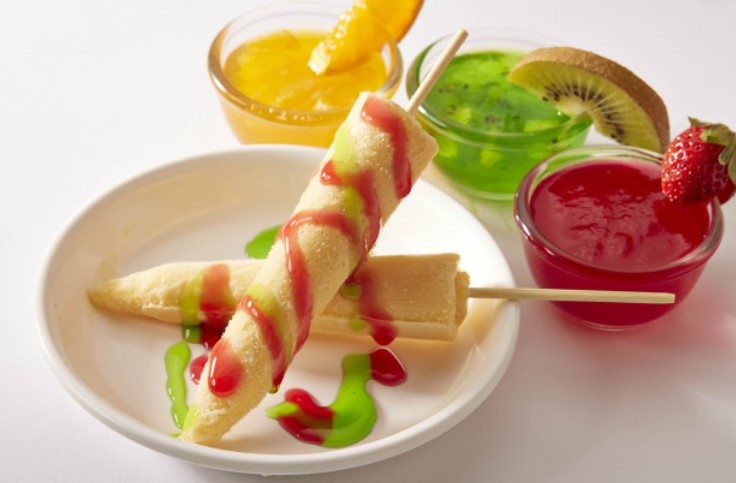Kulfi

A frozen dairy treat from the Indian subcontinent is called kulfi. "Traditional Indian ice cream" is how it is frequently described. The Mughal era of Delhi in the sixteenth century gave rise to kulfi. It can be found in the national dishes of Trinidad & Tobago, India, and Pakistan. It is also well-liked in the Middle East, Bangladesh, Myanmar, Nepal, and Sri Lanka.
Compared to ordinary ice cream, kulfi is creamier and denser. It has a variety of flavors. Cream, rose, mango, cardamom, saffron, and pistachio are traditional ones. Avocado, strawberry, peanut, orange, apple, and peanut are examples of more recent flavors. Since kulfi isn't whipped like ice cream is, it's a rich, solid treat that tastes like frozen custard. As a result, it's occasionally seen as a different kind of frozen dairy dish. Kulfi melts more slowly than ice cream due of its density.
Qulfi, which means "covered cup" in Persian, is where the word kulfi originates. During the Mughal Empire in the sixteenth century, Delhi was the birthplace of the dessert. In the Indian subcontinent, the combination of rich evaporated milk was already widely used in desserts. Kulfi was created in the Mughal era when this mixture was flavored with saffron and pistachios, placed within metal cones, and submerged in slurry ice. The Mughal emperor Akbar's thorough administrative history, Ain-i-Akbari, describes both the transit of Himalayan ice to warmer climates and the use of saltpeter for refrigeration.











